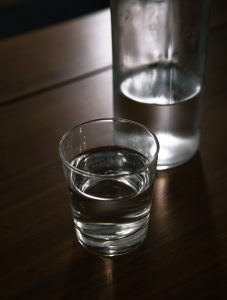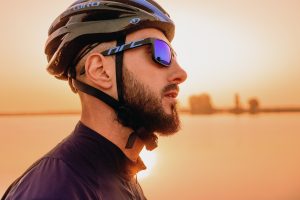 With many parts of the Northern hemisphere reaching near record temperatures, we thought it was time to send out a reminder of best practices for training in the heat to stay safe!
With many parts of the Northern hemisphere reaching near record temperatures, we thought it was time to send out a reminder of best practices for training in the heat to stay safe!
Start in a fully hydrated state.
Whilst this may sound obvious, it’s remarkable how many people set out in a partially dehydrated state, often without being aware of it. Whilst the recommendation of clear to pale straw urine colour is a good starting point, both alcohol and tea / coffee have a diuretic effect. This distorts your body’s ADH hormone balance, leading you to excrete too much water, so your urine can be pale but you are still partly dehydrated. In the case of alcoholic drinks the night before, aim to drink enough water to dilute the effective concentration to below 3%. Salty snacks also help you to absorb and retain the water better.
Wear breathable hi-tech materials.
Modern high tech materials specifically designed for use in the heat both reflect the sun’s energy and wick moisture away from the skin so that it can evaporate. They need to be snug fitting so that evaporation cools the skin as intended. Remember also that sunscreen blocks some of the pores in your skin, reducing sweating (as well as its own) effectiveness, so garments are a better option for covering your head, as well as exposed skin than sunscreen.
Drink water with electrolytes.
Whilst electrolytes used to be thought of as necessary only during extreme events in the heat, research has shown that suitable intakes of sodium, and to a lesser extent potassium improve endurance performance in the heat even over events of a couple of hours. Experiment with products that you like the taste of, so they encourage you to drink. We like the taste of PH nutrition powders, and they offer a service to take the guesswork out of estimating your personal sweat rate and sodium concentration.
Practice pre-loading and pre-cooling.
Pre-loading is a practice where you drink an excess of water before your training, boosting blood plasma volume in anticipation of the dehydration to come. Experienced marathon runners can sweat up to 3-4 Litres per hour, whereas our stomachs can only absorb around 1 L per hour. Pre-loading with electrolytes can help you retain the water, rather than peeing it out, by keeping your blood salt concentration in balance.
Pre-cooling involves trying to reduce the body’s core temperature by a degree or so applying ice packs to the back of the neck, or other places where there is plenty of blood flow close to the surface. Drinking an ice slooshie just before starting achieves a large effect because the melting ice takes a large amount of heat energy straight from your core.
Bear in mind how long it takes to acclimate to heat.
If you are not used to training in a very warm environment, it will take 7-14 days before your body makes all the adjustments necessary to work optimally in the heat. These include boosting your blood volume, starting to sweat at lower temperatures, increasing your maximum sweating rate, and conserving precious sodium and potassium electrolytes. Be aware also that your maximum sweat rate decreases as you get older, so supplement your body’s built in cooling by pouring small amounts of water over your head during exercise.

We hope you find these tips helpful and that they contribute to your enjoyment of training safely outside during the fine weather!
